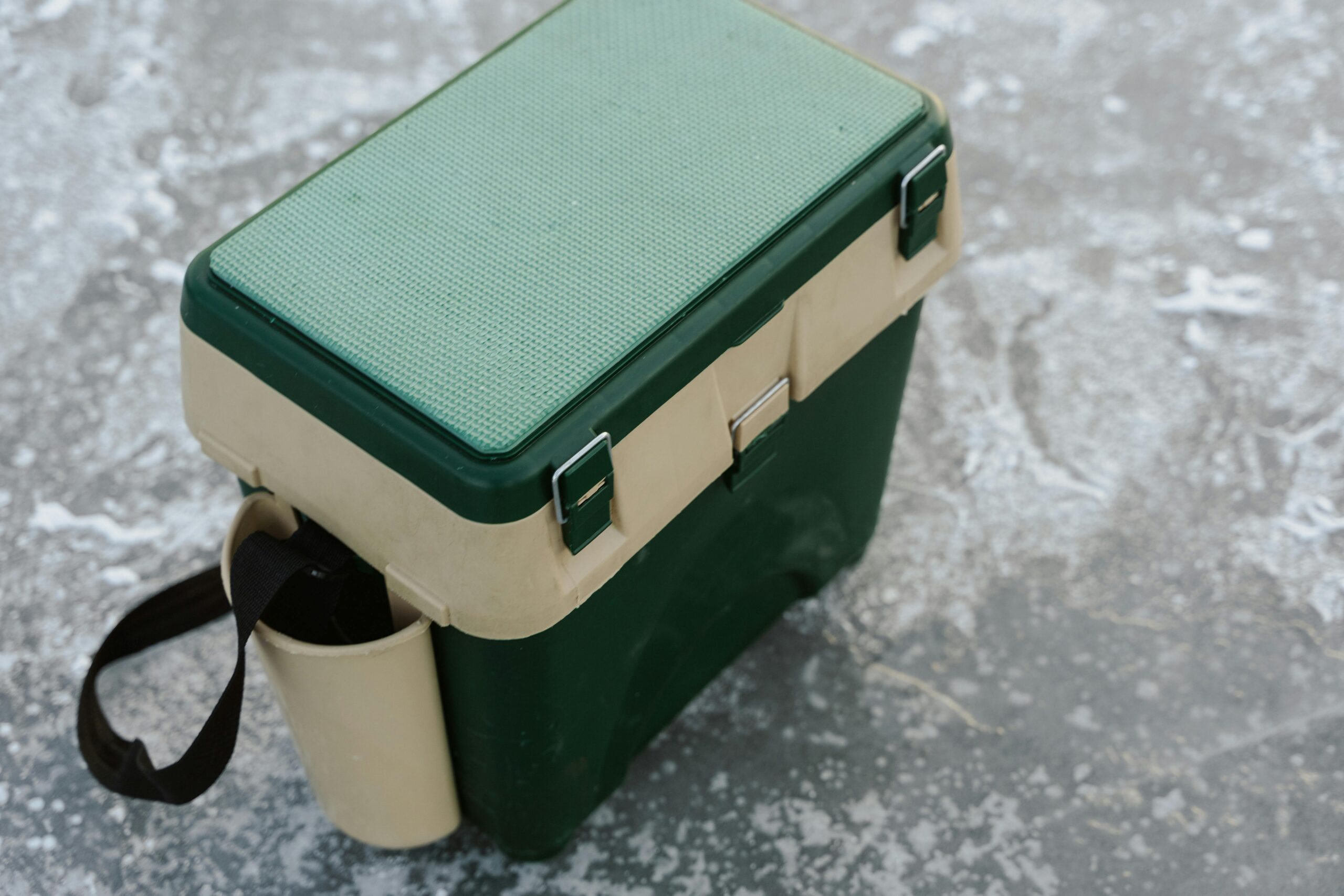In the fast-evolving field of global healthcare logistics, ensuring the safe and efficient transportation of temperature-sensitive medications, particularly vaccines and biologics, is a challenge of paramount importance. The ability to maintain the required temperature range during transport can mean the difference between a life-saving dose of medicine and a wasted supply. This is where advancements in ice box for medicine technology come into play, alongside the increasing use of ultra low freezers, which are crucial for preserving these vital treatments during transit.
The need for safe and reliable transportation solutions has led to significant innovations in the design and functionality of ice boxes and cooling systems. These developments are driving improvements in the efficiency and reliability of healthcare logistics, addressing critical factors such as temperature control, insulation, and real-time monitoring. Let’s explore how these advancements are reshaping the logistics landscape for vaccines and biologics.
The Critical Need for Temperature Control in Healthcare Logistics
Vaccines and biologics, such as monoclonal antibodies, gene therapies, and certain blood products, are highly sensitive to temperature fluctuations. These medicines must be stored and transported within specific temperature ranges to maintain their efficacy. For vaccines, for example, this temperature range is typically between 2°C and 8°C (36°F to 46°F), while biologics may require ultra-low temperatures, sometimes as low as -80°C (-112°F). This sensitivity underscores the importance of temperature-controlled transportation solutions.
Historically, healthcare logistics involved the use of traditional cold chain methods like refrigerated trucks and storage units. However, as biologics and vaccines have become increasingly sophisticated, requiring more stringent temperature controls, the demand for more precise, reliable, and cost-effective transport solutions has grown. This is where ice boxes for medicine have come to the forefront as a key player in enhancing logistics for the global healthcare sector.
Advancements in Ice Box Technology
- Improved Insulation and Materials
One of the most significant advancements in ice box technology has been the use of advanced insulation materials that provide better thermal protection. High-performance insulating materials like polyurethane foam, vacuum insulation panels, and reflective films have been incorporated into the design of modern ice boxes. These materials significantly reduce heat transfer, helping to maintain the desired temperature for longer periods. With this level of insulation, ice boxes can maintain a stable internal temperature for hours or even days, providing flexibility in long-distance shipping. - Integration of Phase Change Materials (PCMs)
Phase change materials (PCMs) are substances that absorb or release heat as they change from one state to another, such as from solid to liquid. The integration of PCMs into ice boxes has revolutionized their ability to maintain a stable temperature for extended periods. By utilizing PCMs, ice boxes can buffer temperature fluctuations, ensuring that the vaccines and biologics inside remain within the required temperature range. For example, PCMs can be used to keep vaccines cool even in high-temperature environments, extending the effectiveness of the ice box as a transport solution. - Smart Ice Boxes with Real-Time Monitoring
With the rise of the Internet of Things (IoT), smart ice boxes for medicine have emerged, offering real-time monitoring capabilities. These ice boxes are equipped with sensors that constantly track the internal temperature, humidity, and other environmental factors. The data collected can be transmitted to cloud-based systems or mobile applications, providing stakeholders with real-time visibility into the condition of the transported goods. This is particularly useful in healthcare logistics, where any deviation from the required temperature range can result in the spoilage or loss of valuable medications.Furthermore, some advanced systems are equipped with GPS tracking, enabling logistics teams to monitor the location of the shipment and make adjustments if necessary. This integration of smart technology has not only improved the reliability of ice boxes but also made the logistics process more transparent, secure, and efficient.
- Ultra Low Freezers for Biologics
While ice boxes are essential for vaccines, biologics, especially those requiring ultra-low temperatures, present an additional challenge. These medicines, including certain gene therapies, stem cells, and biologics for cancer treatments, often require temperatures as low as -20°C, -60°C, or even -80°C. To meet these needs, ultra low freezers have become an indispensable part of the transportation and storage process. Ultra-low freezers are designed to keep biologics at extremely low temperatures, ensuring they remain viable during transit and at storage locations.
Advances in ultra-low freezer technology have made them more energy-efficient and portable. Modern ultra-low freezers now offer faster cooling times, more reliable temperature control, and better insulation, making them an ideal solution for the transportation of biologics that need to be stored at ultra-low temperatures. Some ultra-low freezers are even designed for mobile use, allowing healthcare providers to transport these sensitive products to remote locations with greater ease and reliability. - Customization and Scalability of Transport Solutions
With the increasing demand for biologics and vaccines worldwide, the logistics industry has responded with more customizable and scalable transport solutions. Ice boxes and ultra-low freezers are now available in a variety of sizes and configurations to accommodate different types of pharmaceutical products. Smaller, portable units are ideal for smaller shipments, while larger, more robust models are used for bulk transport.
Moreover, advancements in design have made it possible for ice boxes and ultra-low freezers to be tailored for specific needs. For example, refrigerated units designed for biologics might feature multiple temperature zones to accommodate different products with varying temperature requirements, while ice boxes for vaccines may be optimized for ease of use and portability.
The Role of Ice Boxes in the Global Cold Chain Network
In today’s global marketplace, cold chain logistics for vaccines and biologics are not confined to a single region or country. These products are often transported across continents, necessitating an integrated cold chain network that spans airports, shipping ports, and land transport systems. Ice boxes, in conjunction with ultra-low freezers, play a vital role in ensuring the integrity of this cold chain.
As global vaccination campaigns continue, particularly in low-resource regions, the role of ice boxes for medicine becomes even more critical. Many remote locations lack access to reliable refrigeration, making it necessary to use portable and robust solutions like ice boxes that can maintain the required temperature for extended periods without relying on electricity or external power sources. This is particularly important for the equitable distribution of vaccines in developing countries, where the cold chain infrastructure is often underdeveloped.
Future Trends and Innovations
The future of ice box technology in healthcare logistics holds exciting possibilities. Researchers and engineers are continuously working to improve the performance and functionality of ice boxes for medicine and ultra-low freezers. Innovations such as AI-powered temperature regulation, enhanced energy efficiency, and even biodegradable ice box materials are expected to further enhance the reliability and sustainability of temperature-controlled transport systems.
Furthermore, as the demand for personalized medicine grows, the need for precise and efficient transportation of biologics will only increase. This will drive further innovations in temperature-sensitive transportation solutions, with ice boxes and ultra-low freezers playing a central role in this evolution.
Conclusion
Advancements in ice box technology and ultra-low freezer capabilities are transforming the landscape of global healthcare logistics. These innovations are ensuring that vaccines and biologics are transported safely, reliably, and efficiently, even under the most challenging conditions. With improvements in insulation, real-time monitoring, and customization, ice boxes for medicine are becoming an essential tool in the global cold chain network, helping to deliver life-saving treatments to people around the world.
As the demand for temperature-sensitive medications continues to rise, the continued development of ice boxes and ultra-low freezers will play a crucial role in ensuring that these products maintain their efficacy and safety, no matter where they are needed.



































